JollyTimGiant
TPF Noob!
- Joined
- Jul 16, 2015
- Messages
- 27
- Reaction score
- 2
- Can others edit my Photos
- Photos NOT OK to edit
I recently bought a Canon AE-1 for a decent price because I love taking pictures and wanted to give film a try, but I have no idea what I'm doing. I think I've got a decent handle on shutter speed, but when I take pictures, I have no idea how it will turn out, I'm not great with variables and film photography seems to have a lot of them. I've been doing a ton of reading on film cameras, and watching Youtube videos and such as well.
I have trouble with short term memory from epileptic seizures in the past, (hence reading/watching a ton, at least a small percentage has to be remembered, right?) so I'm having trouble making any information from the manual or otherwise stick. I've read and watched so much, it all becomes overwhelming and muddled together.
So if anyone has a resource that could be considered a general consensus to read I should check out for basic film photography, containing information even an idiot could remember, I would be very grateful! Thanks! -Tim
Thanks! -Tim
Reading this over, maybe I should just get one of those "For Dummies" books?
I have trouble with short term memory from epileptic seizures in the past, (hence reading/watching a ton, at least a small percentage has to be remembered, right?) so I'm having trouble making any information from the manual or otherwise stick. I've read and watched so much, it all becomes overwhelming and muddled together.
So if anyone has a resource that could be considered a general consensus to read I should check out for basic film photography, containing information even an idiot could remember, I would be very grateful!
Reading this over, maybe I should just get one of those "For Dummies" books?


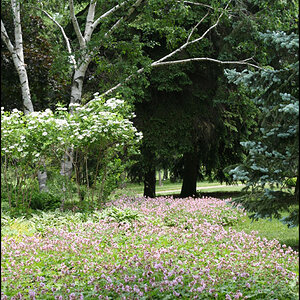
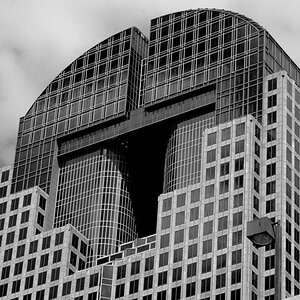
![[No title]](/data/xfmg/thumbnail/37/37107-df85b207aa6d9b7f6b88f682e493a52e.jpg?1619737882)
![[No title]](/data/xfmg/thumbnail/37/37104-99933b18ee16678a8299f12747336d48.jpg?1619737882)
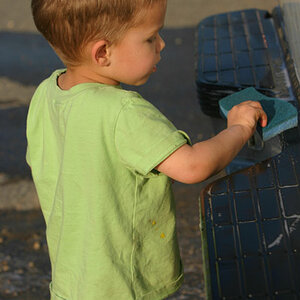
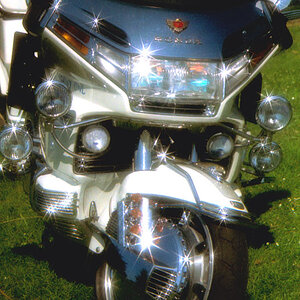
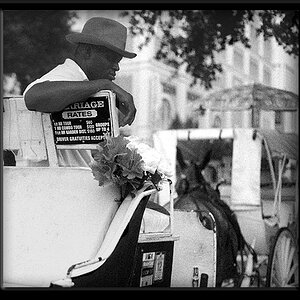

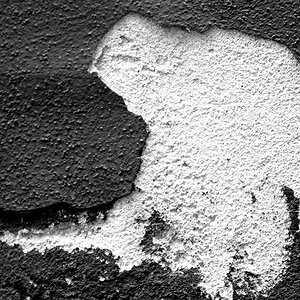

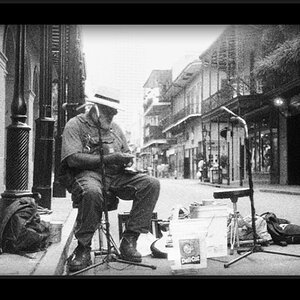
![[No title]](/data/xfmg/thumbnail/38/38264-552eb428d8a704186dcc43400f417d0f.jpg?1619738548)